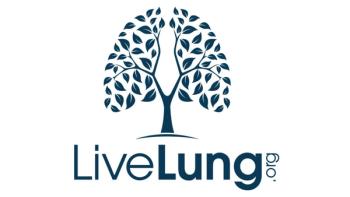
November News Bulletin
Advocacy Chats - Educational Conversations on Policy Issues & Cancer Research
How Cancer Rehabilitation Benefits Patients
Chemotherapy, radiation, surgery, and other cancer treatments are essential tools when fighting cancer. Regaining strength, mobility, and mental ability after treatment is just as critical. On November 9th CPAN Director of Patient Advocacy and Education Rose Gerber, MS, and ReVital Cancer Rehabilitation Director of Education Alaina Newell, PT, DPT, discussed the importance of cancer rehabilitation.
ICYMI: How 340B in Big Health Systems is Hurting Patients
The 340B Drug Pricing Program is meant to provide access to prescription drugs at significantly discounted prices to patients in need—but the program’s current structure allows hospitals to keep cost savings instead of passing them on to patients who need them most. COA’s Rose Gerber, Ted Okon, and Nicolas Ferreyros sat down to discuss the history of the 340B Program, how it got to its current state, the latest data on use of the program, and how it can be fixed so its results match its intentions.
Understanding Advocacy in a Community Oncology Setting - How to Use social media to Advance your Advocacy
In addition to the many traditional media channels advocates can leverage in their advocacy, social media offers opportunities to engage directly with target audiences. Twitter, Facebook, and YouTube can be especially helpful in advancing advocacy goals.
Twitter allows advocates to directly connect with the public—including potential supporters—and rapidly share information. Posts on Twitter are limited to just 280 characters, requiring advocates to share only the most important pieces of a story or policy issue. Similarly, Facebook allows advocates to connect with potential supporters, but the platform is better for sharing longer posts or more complicated stories. Facebook is especially well-suited for sharing visuals like photos or videos from advocacy events.
YouTube is unique in that it’s designed specifically for video content. Advocates can use YouTube channels to share video content of advocacy events like Hill days, policymaker site visits, or CPAN chapter meetings. Community oncology advocacy is most effective when it is personal—video content allows advocates to widely share their personal stories.
Learn more about community oncology, the challenges practices face, and how you can get involved by visiting CPAN’s




